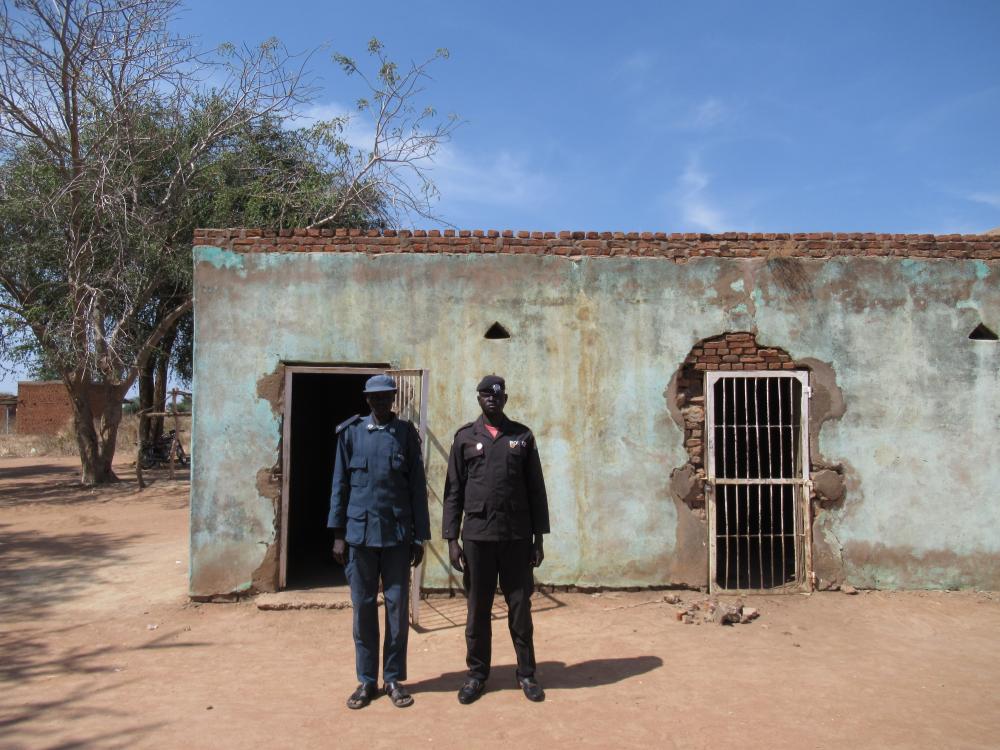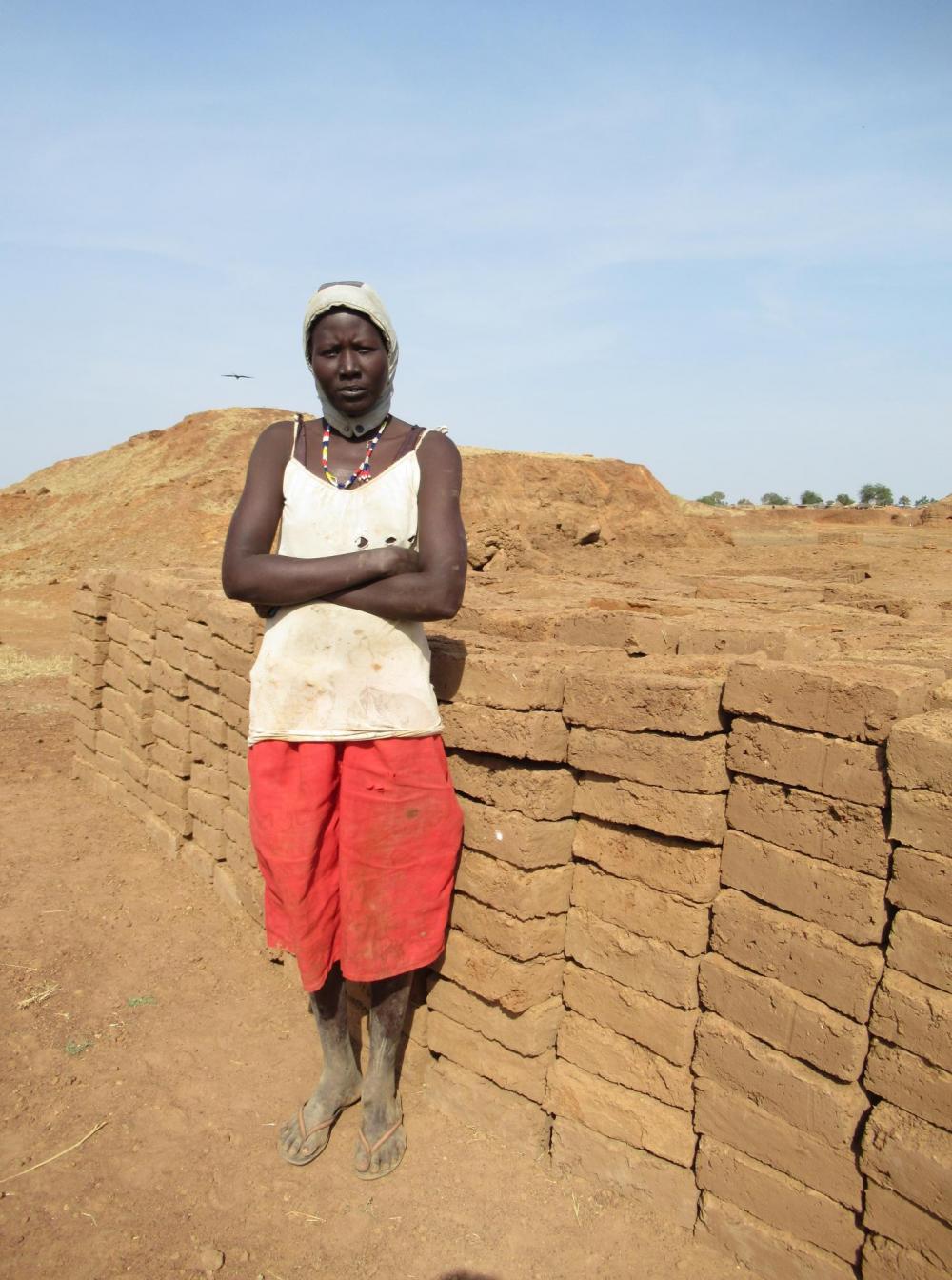Precarious labour in marginalised economies

Over the last two years I’ve fallen into writing labour histories. This came from my research into the recent history of South Sudanese people’s forced displacements and community reconstructions during the long civil wars in their central African region since the 1960s. My interests are in how people survive, rebuild, theorise and write, and take action within civil wars and under brutal governments in this part of the world.
South Sudan, which became an independent state in 2011, is a challenging place for research, particularly for local academics. Over the last five years I’ve been lucky to work with local researchers, universities and postgraduate students, building recent histories of the political economy of South Sudan and some of its seven borderlands. I’m interested in the foundations of political power in South Sudan – there’s been lots written on the interests and brutalities of its current and past rulers, but less about the men and women who worked for them. This led me into researching the recent history of militia organisation and recruitment, and into histories of work.
Recently over 2018 and 2019, I’ve been working with another early career researcher Joseph Diing Majok, based at the Rift Valley Institute in Juba (South Sudan’s capital), exploring the last fifty years of economic change and exploitation on South Sudan’s border with Darfur in Sudan. This borderland’s residents and landscape have experienced three generations of destruction and reconstruction, with horrific raids and conflict from 1980 until the early 2000s brutalizing communities and forcing half a million people to flee, most across the border into Sudan and into exploitative farm work and urban camps. These people returned south after peace in 2005, building new homes and villages – and new economies – across this war-torn, rebel-held borderland over 2006 to 2012. But the disputed border with Sudan brought renewed mobilization, clashes, and the threat of renewed war over 2008 to 2012; then South Sudan’s own civil war again mobilized thousands of young men (children in the 1990s civil wars) into military work from 2013 to present. These wars and displacements have brought cycles of famines and impoverishment – in 1986-88, 1997-8, 2008, and 2015-7 – that have undermined families’ financial security, shaken systems of mutual aid, and created new forms of migrant and military work (and therefore of exploitation and accumulation for those profiting from this work).
Diing and I do most of our research through long discussions with residents, migrant labourers and military workers across this borderland, exploring their own histories and personal reflections on their careers and local livelihoods over the last three generations – as well as interviews in Juba, in Sudan’s capital of Khartoum, and with young men heading towards Egypt and Libya. Our work is part of a bigger multi-disciplinary movement towards studying contemporary capitalism across Africa, picking up older histories of African capitalism (and particularly agricultural economies) from the 1970s to 1980s. In South Sudan, this has been helped by Edward Thomas’s macroeconomic analysis of the recent monetisation and marketisation of South Sudanese local economies over the last half decade. Since the 1980s, aid agencies, governments and the guiding hand of the World Bank have all pushed the neoliberal strategies of individual resilience, entrepreneurship, waged work and self-help – through war and peace – across South Sudan, at some points explicitly running ‘food for work’ humanitarian programmes. This has benefited a small class of local business-owners, NGO workers, security and military leaders and state officials who collectively have the ability to control the terms of – and profit from – this growing market for food and work, and the desperation of an impoverished and displaced population. Fifty years of conflicts and their socio-economic destructions and reconstructions have only sped up this process, and many of these same patterns and shifts extend to other contexts across the global south.

In our research over the last two years, Diing and I are not looking at specific issues or economic sectors – like land privatisation or food markets – but at what we call working lives. We’re interested in people’s hard-won expertise in navigating repeated and unpredictable crises: from careful crop-planting and multiple-site farming and pastoralism, diverse market trades and savings systems like storing sellable charcoal and soap, tiny mutual investment funds set up between neighbours, and – in times of potential war and repeated displacement – women carrying seeds in tied skirt loops. With young and old men and women, sometimes in groups of age-mates or in three-generation discussions, we explore people’s working lives across displaced camps, migrant labour sites, military encampments and front lines, and market networks across north-east Africa.
While some evidence of these marginalised people’s experiences over the last fifty years are preserved at the edges of archives in East Africa and Europe, and in the reportage and humanitarian documentation of the generations of crises that these people have lived through, these sources can only corroborate people’s own personal evidence. Most of our methods are oral and informal – we sit with people, in their workplaces, at tea stalls and in fields and homesteads, and work towards relaxed exploratory discussions of how people have made or been forced to make certain choices and investments over the course of their lives. Sometimes people have small personal archives of notes and photographs, which serve as groundwork for conversations and new evidence for our research (if we’re allowed to photograph them).
We balance this slow oral historical work with a recognition of the value of our interviewees’ time. Sometimes we’ve planted seeds while we’ve talked, or walked with cattle herders through scrubland as we discuss. This isn’t a waste of our research time, but part of understanding the pressures and horizons that people work with in their everyday lives. More recently we’ve started to try to draw out people’s networks and movements on casually-drawn maps – or in the dirt, with sticks – to understand people’s travels, and to help people trace their own histories and remember particular moments of rupture. For us, this is a way to document systemic changes over the last fifty years, and to tap into local theories about these political and economic transformations and systems of exploitation.
